- Consistent test results
- Fits

7
·
Very good

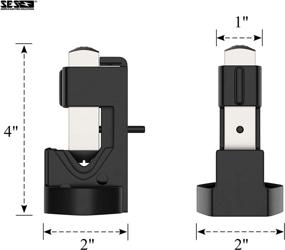
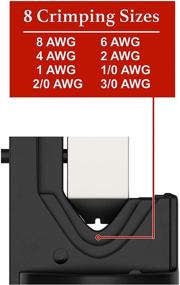

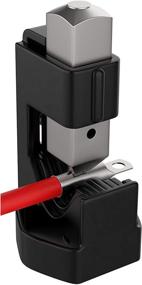
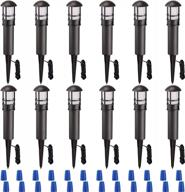
LEONLITE 12-Pack 3W LED Landscape Pathway Light, 12V AC/DC Low Voltage CRI90+ IP65 Waterproof Non-Dimmable ETL Listed Bronze Aluminum 3000K Warm White

54 Review
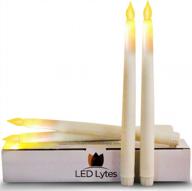
Set of 4 LED Lytes Tapered Timer Candlesticks - Battery Operated Flameless Candles with Flickering Amber Yellow Flame, Ivory Wax, 11 Inches Tall and 3/4 Base

49 Review

Upgrade Your Lighting Game With Amico'S 12 Pack 6 Inch Smart LED Recessed Ceiling Lights - RGBCW, WiFi Controlled And Voice-Activated With Alexa & Google Assistant!

57 Review

Claoner Outdoor Solar Motion Lights - 8 Pack Security Lights With Motion Sensor, All Night Brightness Control, And Wide Angle Waterproof Wall Lights For Enhanced Visibility

49 Review
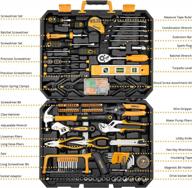
228 Piece Socket Wrench Auto Repair Tool Set Hand Tool Kit With Plastic Toolbox Storage Case - DEKOPRO

37 Review

Tubing Cutter 1/8 To 1-3/8 Inch For Pipe Copper PVC Thin Stainless Steel Tube With Extra Blade And Reamer

30 Review
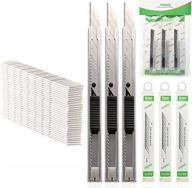
3-Pack FOSHIO Utility Knife Retractable With 30 Degree Snap Off Blade For Vinyl, Paper & Craft Cutting

39 Review
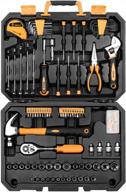
Complete Home Repair & Auto Toolkit: DEKOPRO 128 Piece Hand Tool Set With Handy Storage Case

35 Review
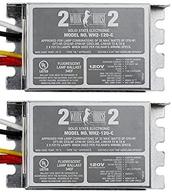
Fulham WorkHorse WH2-120-C Adaptable Ballast - 2 Pack

3 Review
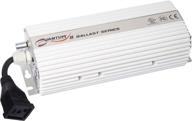
💡 Hydrofarm Quantum QT400 Dimmable Ballast for 400W Grow Lights

5 Review

⚡️ Sunpark LC-12014T (1) FC12T9 32W Circline (1) 2D 38W (1) FC16T9 40W Circline (1) FC9T9 30W Circline Lamp Compact Electronic Fluorescent Ballast with Circline Lamp Plug 120V

7 Review

Wireless Electronic Ballast Interface Certified

8 Review